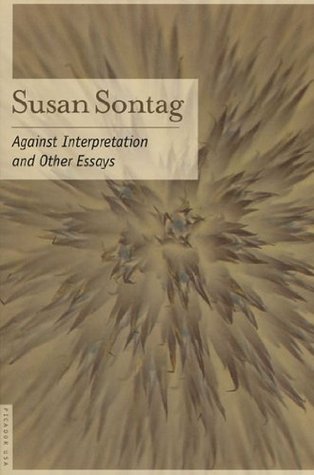In reflective art, the form of the work of art is present in an emphatic way. The effect of the spectator’s being aware of the form is to elongate or to retard the emotions. For, to the extent that we are conscious of form in a work of art, we become somewhat detached; our emotions do not respond in the same way as they do in real life. Awareness of form does two things simultaneously: it gives a sensuous pleasure independent of the “content,” and it invites the use of intelligence. It may be a very low order of reflection which is invited, as, for instance, by the narrative form (the
...more
Welcome back. Just a moment while we sign you in to your Goodreads account.


